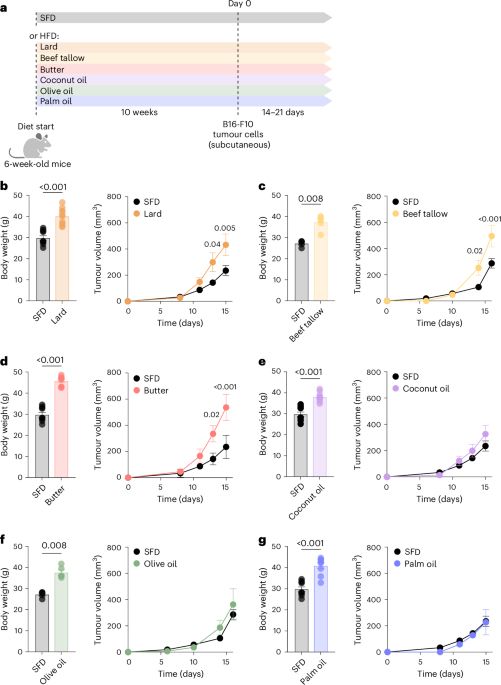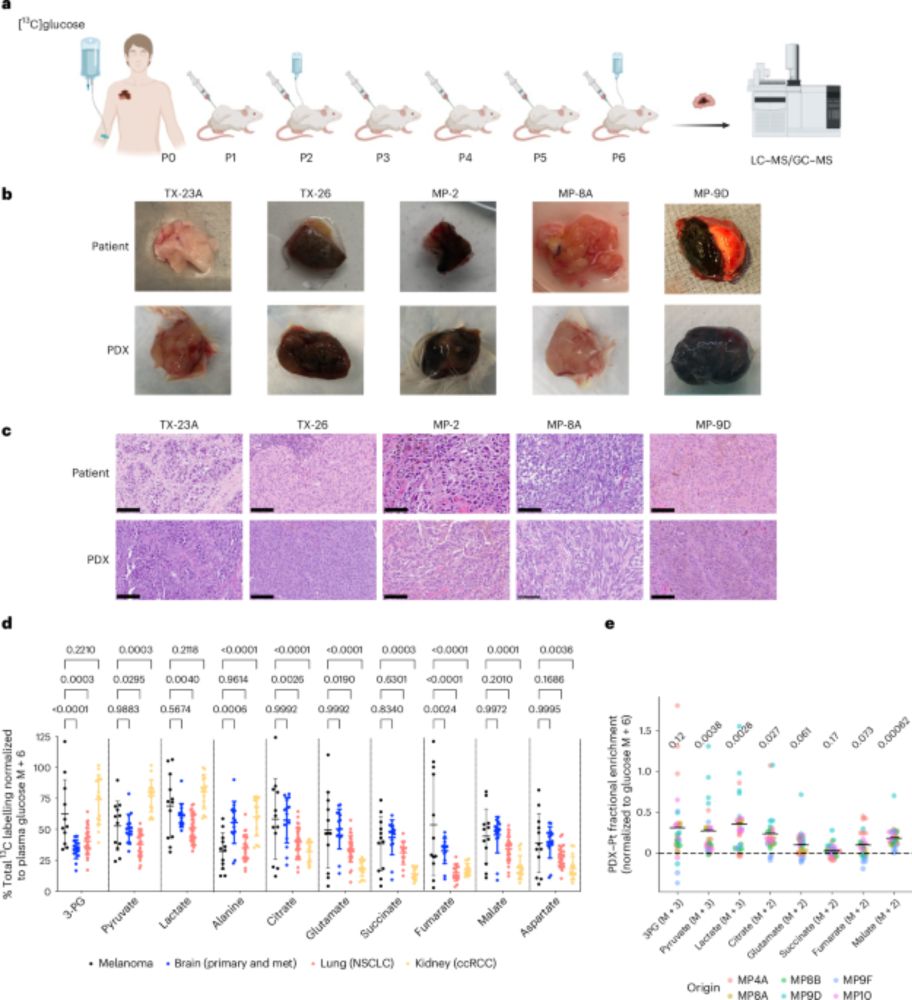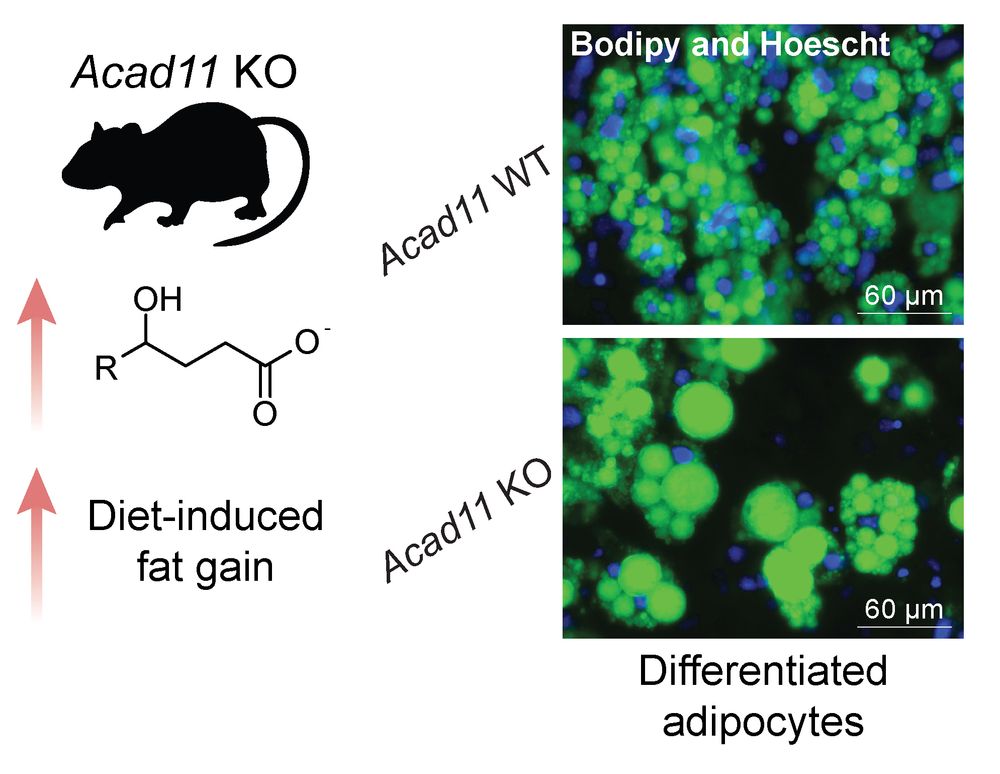Eddie Rashan
@edreesrashan.bsky.social
140 followers
150 following
32 posts
Lipid metabolism biochemist. Postdoc in the Vander Heiden Lab at MIT | he/him | ORCID: https://orcid.org/0000-0002-3882-6655
Posts
Media
Videos
Starter Packs
Pinned
Eddie Rashan
@edreesrashan.bsky.social
· Jun 22

ACAD10 and ACAD11 enable mammalian 4-hydroxy acid lipid catabolism - Nature Structural & Molecular Biology
Rashan, Bartlett and colleagues show that mammalian 4-hydroxy fatty acids are primarily catabolized by ACAD10 and ACAD11 (atypical mitochondrial and peroxisomal acyl-CoA dehydrogenases, respectively) ...
doi.org
Reposted by Eddie Rashan
Reposted by Eddie Rashan
Itay Budin
@ibudin.bsky.social
· Aug 15

Organelle-Targeted Laurdans Measure Heterogeneity in Subcellular Membranes and Their Responses to Saturated Lipid Stress
Organelles feature characteristic lipid compositions that lead to differences in membrane properties. In cells, membrane ordering and fluidity are commonly measured using the solvatochromic dye Laurdan, whose fluorescence is sensitive to lipid packing. As a general lipophilic dye, Laurdan stains all hydrophobic environments in cells; therefore, it is challenging to characterize membrane properties in specific organelles or assess their responses to pharmacological treatments in intact cells. Here, we describe the synthesis and application of Laurdan-derived probes that read out the membrane packing of individual cellular organelles. The set of organelle-targeted Laurdans (OTL) localizes to the ER, mitochondria, lysosomes, and Golgi compartments with high specificity while retaining the spectral resolution needed to detect biological changes in membrane ordering. We show that ratiometric imaging with OTLs can resolve membrane heterogeneity within organelles as well as changes in lipid packing resulting from inhibition of trafficking or bioenergetic processes. We apply these probes to characterize organelle-specific responses to saturated lipid stress. While the ER and lysosomal membrane fluidity is sensitive to exogenous saturated fatty acids, that of mitochondrial membranes is protected. We then use differences in ER membrane fluidity to sort populations of cells based on their fatty acid diet, highlighting the ability of organelle-localized solvatochromic probes to distinguish between cells based on their metabolic state. These results expand the repertoire of targeted membrane probes and demonstrate their application in interrogating lipid dysregulation.
pubs.acs.org
Reposted by Eddie Rashan
Ewan Birney
@ewanbirney.bsky.social
· Aug 21
Reposted by Eddie Rashan
Lydia Lynch
@lydialynch.bsky.social
· Jul 28

The source of dietary fat influences anti-tumour immunity in obese mice - Nature Metabolism
This study shows that animal-based high-fat diets accelerate tumour growth and impair anti-tumour response to melanoma in obese mice, whereas plant-based high-fat diets do not.
www.nature.com
Reposted by Eddie Rashan
Reposted by Eddie Rashan
Eddie Rashan
@edreesrashan.bsky.social
· Jun 22

ACAD10 and ACAD11 enable mammalian 4-hydroxy acid lipid catabolism - Nature Structural & Molecular Biology
Rashan, Bartlett and colleagues show that mammalian 4-hydroxy fatty acids are primarily catabolized by ACAD10 and ACAD11 (atypical mitochondrial and peroxisomal acyl-CoA dehydrogenases, respectively) ...
doi.org
Eddie Rashan
@edreesrashan.bsky.social
· Jun 23
Eddie Rashan
@edreesrashan.bsky.social
· Jun 22
Reposted by Eddie Rashan
Abby Bartlett
@abbybartlett.bsky.social
· Jun 19
Eddie Rashan
@edreesrashan.bsky.social
· Jun 22
Eddie Rashan
@edreesrashan.bsky.social
· Jun 22
Eddie Rashan
@edreesrashan.bsky.social
· Jun 22

ACAD10 and ACAD11 enable mammalian 4-hydroxy acid lipid catabolism - Nature Structural & Molecular Biology
Rashan, Bartlett and colleagues show that mammalian 4-hydroxy fatty acids are primarily catabolized by ACAD10 and ACAD11 (atypical mitochondrial and peroxisomal acyl-CoA dehydrogenases, respectively) ...
doi.org
Reposted by Eddie Rashan
Henne lab
@hennelab.bsky.social
· May 5

Paraoxonase-like APMAP maintains endoplasmic-reticulum-associated lipid and lipoprotein homeostasis
Here, Paul et al. show that APMAP is an ER-localized paraoxonase-like enzyme that
suppresses lipid oxidation and redox stress at the ER network. APMAP loss leads to
ER stress, redox disruption, phosph...
www.cell.com












